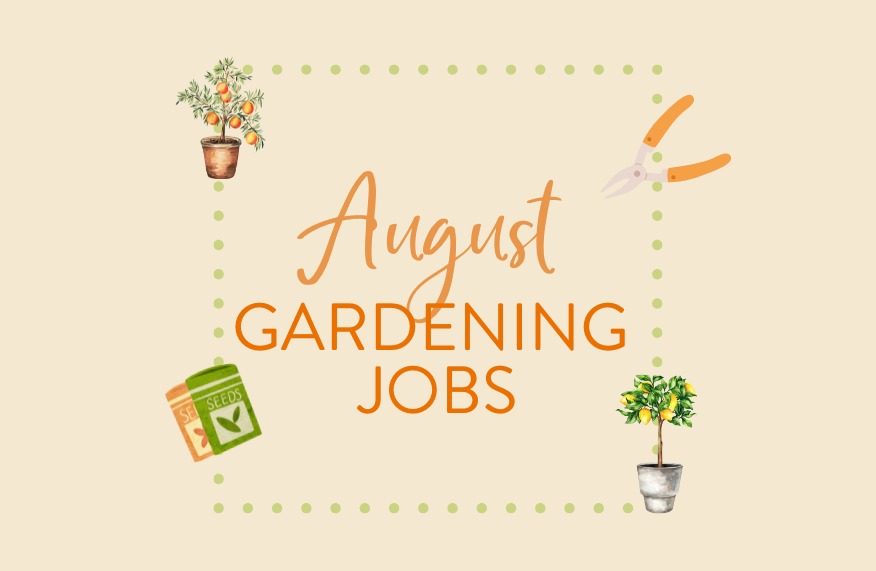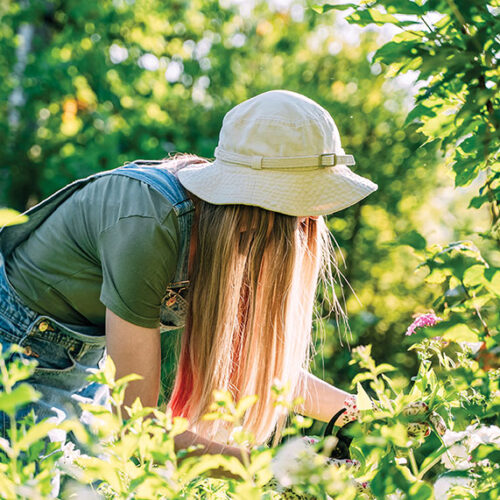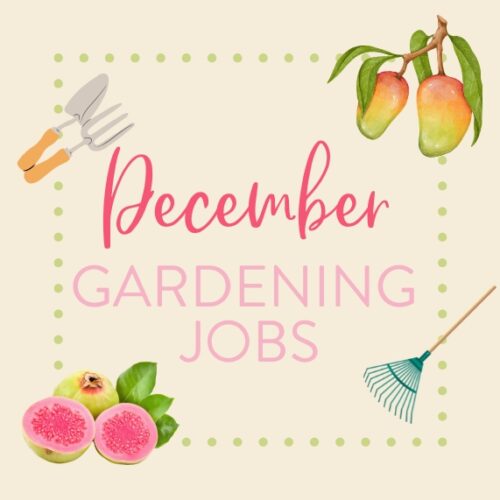August gardening jobs
2025-07-15T15:45:05+10:00
Get your garden ready for the bustling spring season with these late winter gardening tasks.
Grow your greens
Salad greens such as lettuce, rocket and mizuna can be started now in most areas, where they can make the most of milder spring weather before the stresses of summer slow them down. Greens love nitrogen, so plant them in compost-enriched soil and fertilise fortnightly with a liquid plant food. Watch out for dry or windy days, which can also stress the plants. Keep them well watered and mulched, and rig up temporary shadecloth screens to protect them from weather extremes.
Sow summer flowers
A number of summer bloomers with larger seeds can be direct-sown in the garden once the soil has lost its winter chill. Think sunflowers, nasturtiums, marigolds and cosmos. e smaller seeds of many other flowers are best started in seed trays or punnets, where it’s easier to control their growing conditions. Seed size usually governs sowing depth and some very small seeds – such as petunias, alyssum, begonia, salvia and impatiens – require light to germinate. Press these tiny seeds into the top of moist seed-raising mix and water with a mist sprayer. Cover with glass or clear plastic and keep in a bright, shaded position. After germination, the seedlings can be planted in individual pots or individual segments in seedling trays and grown on until they’re ready to go in the garden. If you’re in a cold climate and want to get a head start on sowing summer varieties, it might be worth investing in a heated propagation tray or glasshouse.
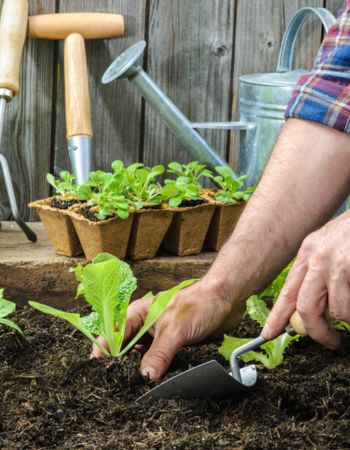
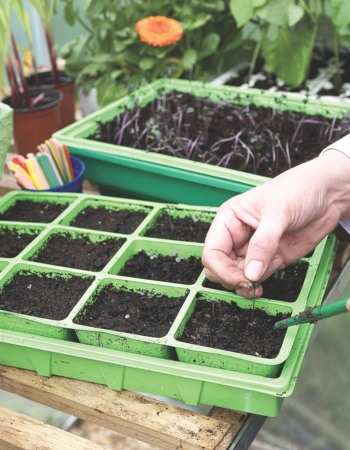
prepare beds for spring crops
With spring on the doorstep, it’s time to get vegie beds primed. Remove weeds and any spent winter crops. Spread a 3–5cm layer of compost over the soil, adding a sprinkle of organic fertiliser for extra goodness. Rake this all level and water well to settle it in and stimulate microbial activity. Come spring, your crops will be off to a flying start. If you have crops that are still growing, work around them, spreading the compost and fertiliser carefully. Just be gentle, taking care not to disturb their roots.
Plant fruit trees
In most parts of the country August is a good month to plant new fruit trees so they can get established before the arrival of the hot weather. At this time of year it’s possible to purchase many citrus trees that are already carrying fruit, which means you can taste test and know exactly what you are buying. Remember, though, that once the tree is in the ground it’s best to remove flowers and not allow it to carry a crop during the important next few years of early growth. In frost-free gardens plant tropical and subtropical varieties as stock becomes available. The more growing time they have over summer, the better. In cold-affected gardens, there is still time to plant deciduous fruit trees and vines such as grapes and kiwi fruit.
Prune winter-flowering shrubs
Now is the best time to cut back shrubs that have finished flowering to encourage new growth in the coming spring. Ericas, winter-blooming lavenders and camellias, gordonia, daphne and yellow flax (Reinwardtia indica) are good examples. Natives such as heaths (Epacris and woollsia spp.) and some species of banksia and grevillea are coming to the end of flowering and will appreciate a trim. The quickest way to prune shrubs is to give them an overall haircut using long-bladed shears. With natives, don’t forget to leave some seed-carrying sections to feed the birds. The best way to do this is to stagger pruning over the next couple of months.
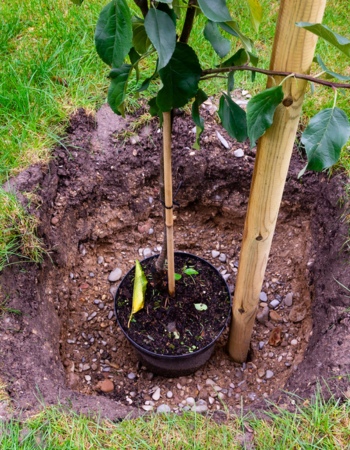
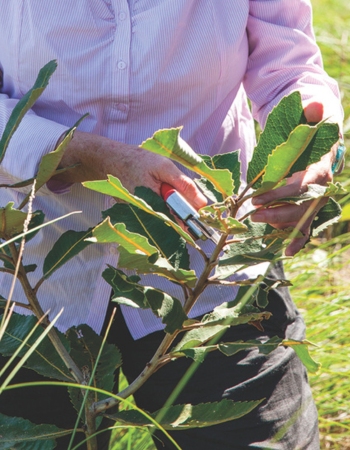
Words by Judy Horton

